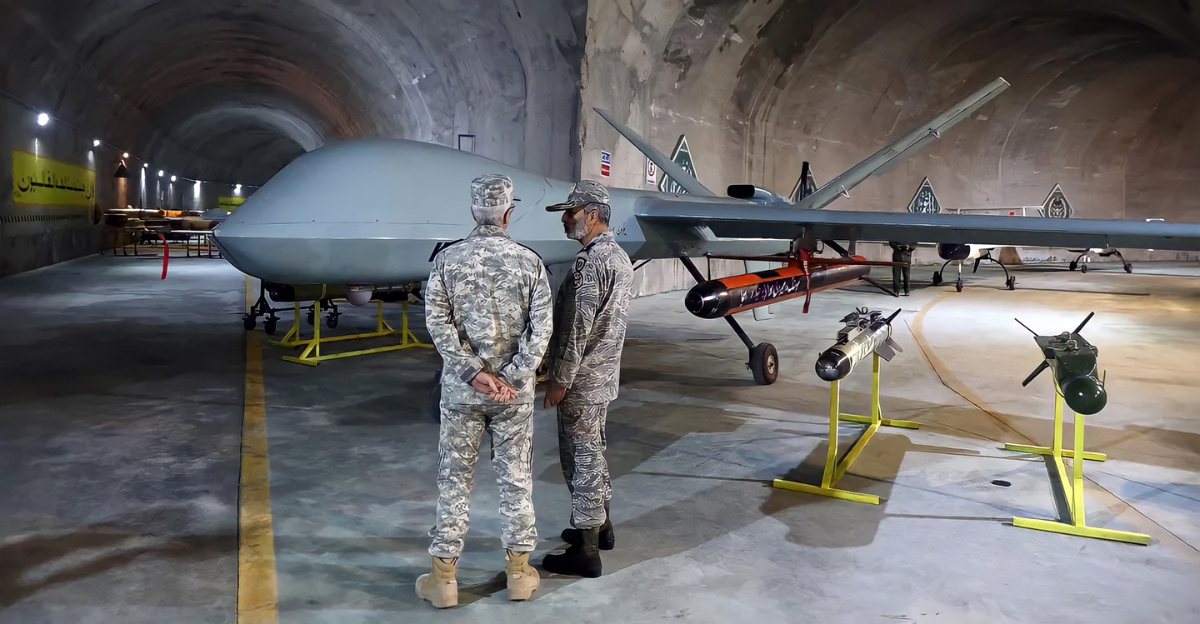
Russia’s Alabuga drone factory has dramatically transformed its production capabilities, evolving to manufacture Iranian-designed attack drones with minimal external support. This shift marks a significant pivot in Moscow’s military ambitions, allowing it to operate almost independently. Notably, reports have emerged of teenagers engaging in the assembly of kamikaze drones intended for combat in Ukraine, underscoring the urgency of this production.
Analysts have hailed this development as potentially the world’s largest drone manufacturing facility, indicating a new chapter in Russian defense strategy. The evolution at Alabuga encapsulates Moscow’s intent to bolster its military technology while varying its demand for foreign components.
Iran’s Diminishing Role
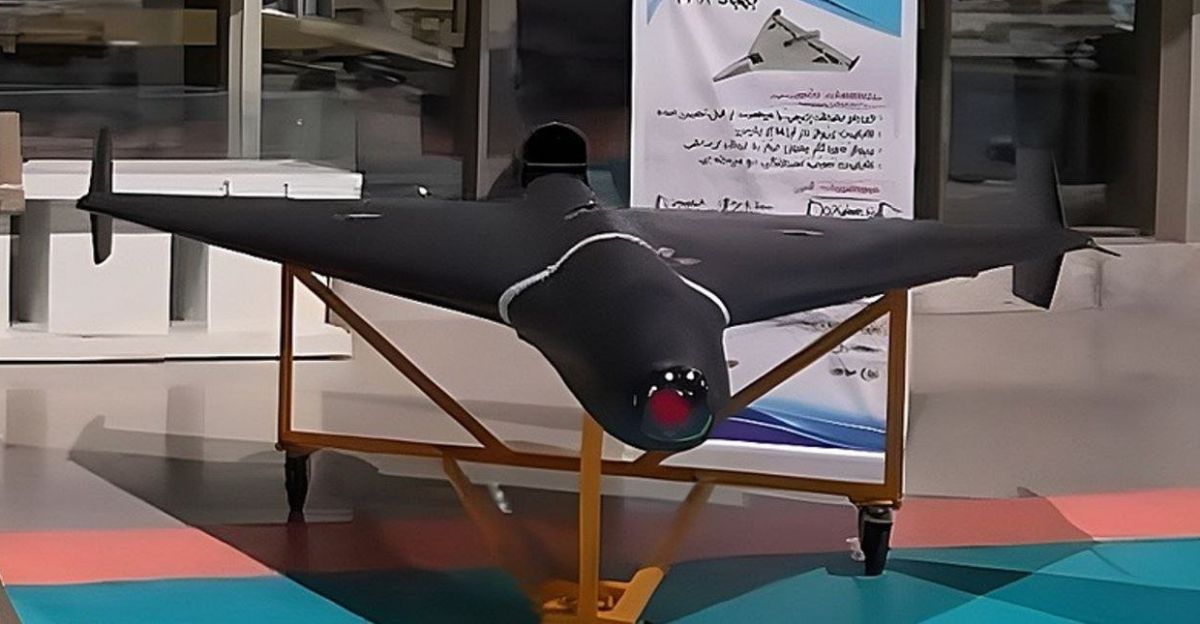
As Russia forges ahead in drone technology, Iran’s long-standing position as a key supplier is increasingly jeopardized. Analysts observe that while Russia has made notable advances in local drone production, it has begun to source most components domestically, sidelining Iran’s interests.
As one trade analyst remarked, “This is not just about drones; it’s a diplomatic tightrope.” The evolving dynamics raise significant stakes across military hardware and diplomatic relations. The question looms: what does this mean for Iran’s strategic positioning in a region already rife with uncertainties about alliances and dependencies?
Historical Context of Partnerships
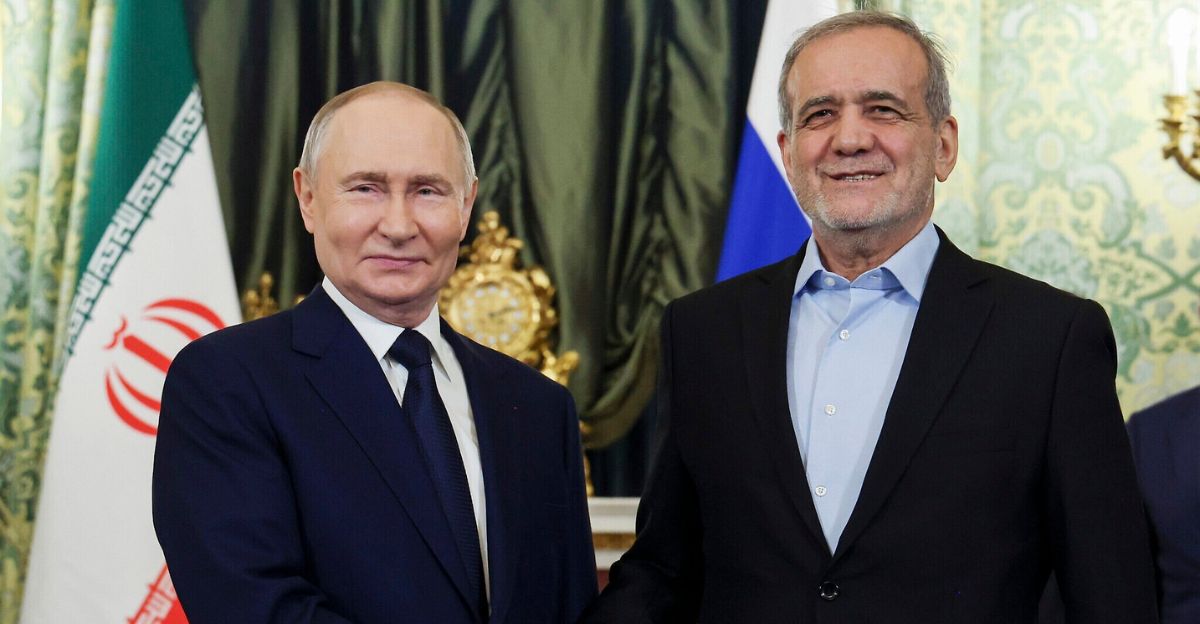
The drone collaboration between Russia and Iran intensified following the onset of the Ukraine war in 2022. A pivotal $1.75 billion agreement propelled joint production initiatives, yet the alliance stems deeper, rooted in mutual isolation and a shared adversarial approach toward Western powers.
An Iranian defense analyst noted, “This partnership was born from necessity, driven by sanctions.” As economic pressures mounted on both nations, they sought to fortify their militaries. However, as their technological collaboration progresses, underlying tensions between the two countries are beginning to surface, threatening the very foundation of their partnership.
Rapid Growth Amid Sanctions
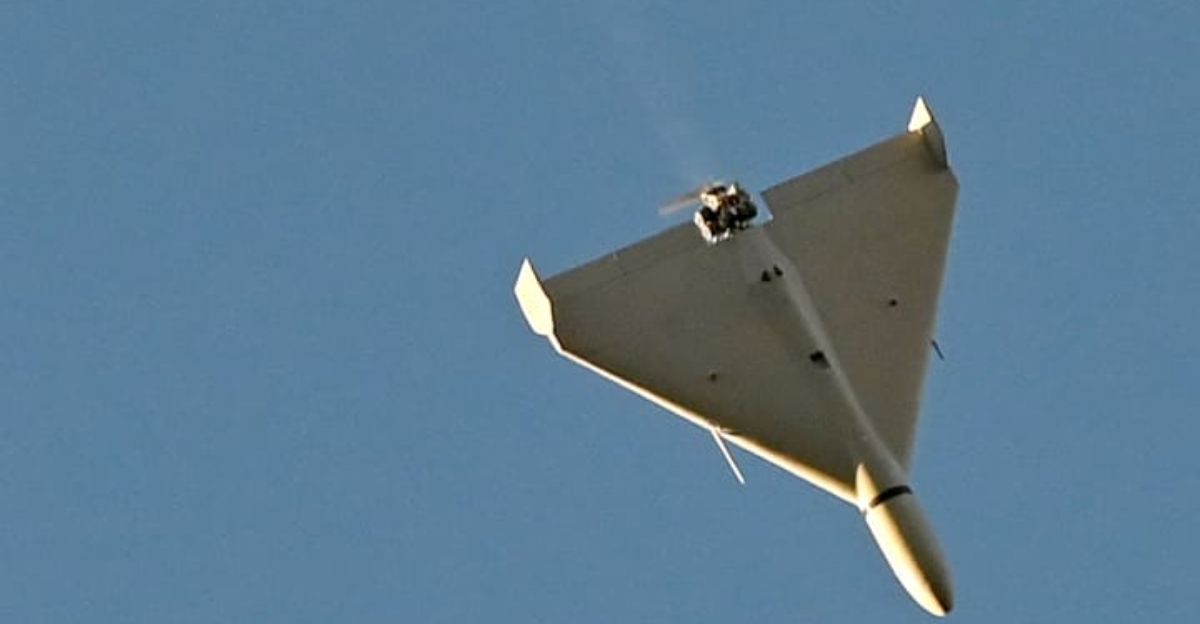
Throughout 2024 and into 2025, Russia’s domestic drone production surged as international sanctions hampered access to Western technologies. This unexpected opportunity compelled Iran to significantly invest in its drone capability to enhance its regional influence. However, as Russia accelerated its local production, frustration emerged from Tehran, signaling a shift in the balance of power.
An Iranian engineer expressed concern, stating, “We thought we were partners, but it feels more like we are being left behind.” This growing discontent illustrates the fragile nature of their alliance, further complicating diplomatic interactions.
A Turning Point in Production
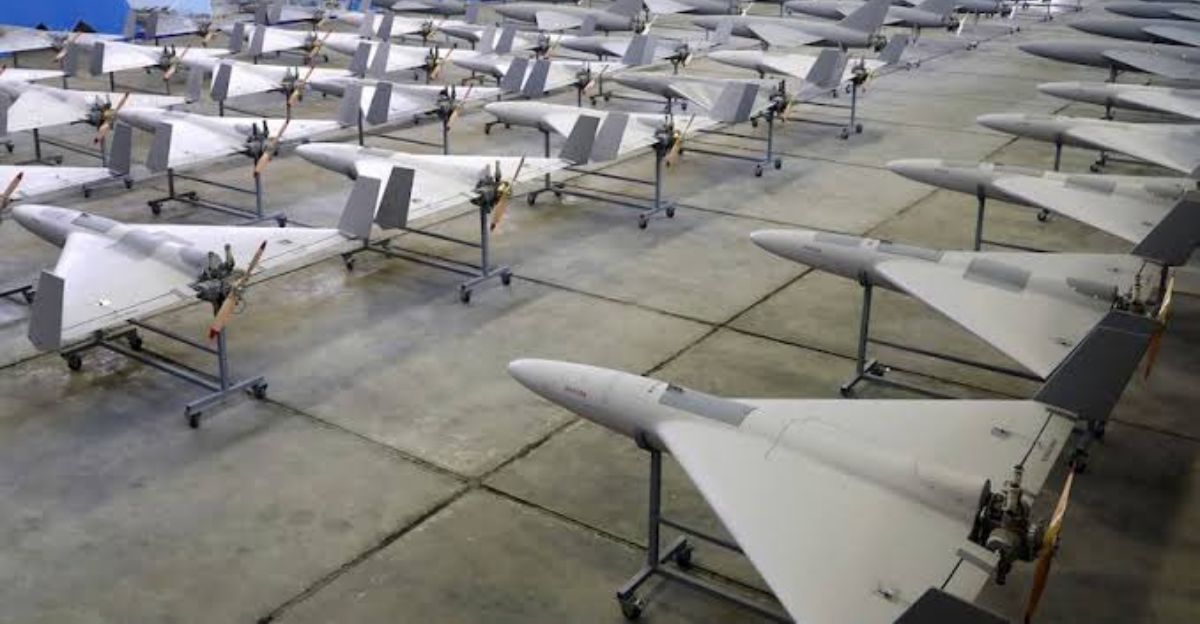
By July 2025, the Alabuga factory’s output soared, generating over 5,500 Shahed-136 drones monthly, with almost all parts produced within Russia. This dramatic increase illustrates Moscow’s pivot toward complete self-reliance in drone manufacturing, diminishing Iran’s previously significant role in supply.
The shift has led to heightened tensions between the allied nations, as Russia effectively takes production reins. Analysts assert that this move marks a critical juncture, fundamentally altering the dynamics of the Russia-Iran relationship, as both nations reassess their strategic interests in the global arms landscape.
Escalating Conflict in Ukraine
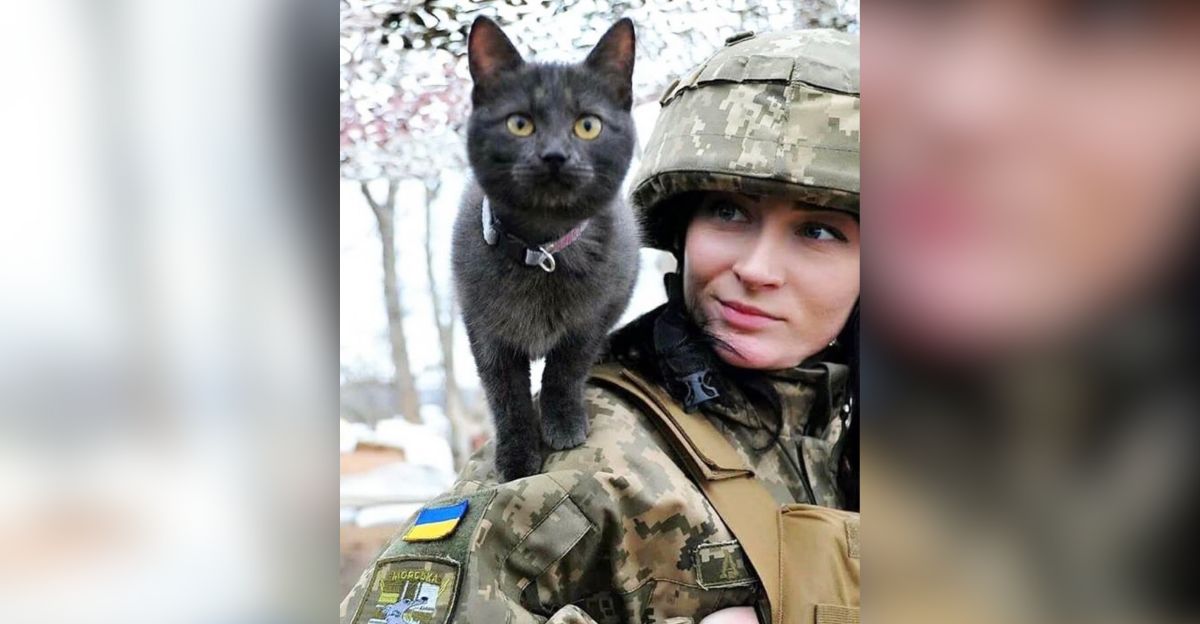
The ramifications of Russia’s improved drone capabilities extend beyond its borders, notably escalating the conflict in Ukraine. The enhanced Shahed models now deployed in attacks pose a more lethal threat, equipped with advanced communications and devastating warheads that complicate interception efforts.
A Ukrainian military strategist remarked, “These drones are changing the game; they are harder to combat.” As drone strikes increase, the shifting balance of power not only impacts military engagements in Ukraine but also reverberates throughout the region, inviting closer scrutiny from global observers.
Voices from Iran
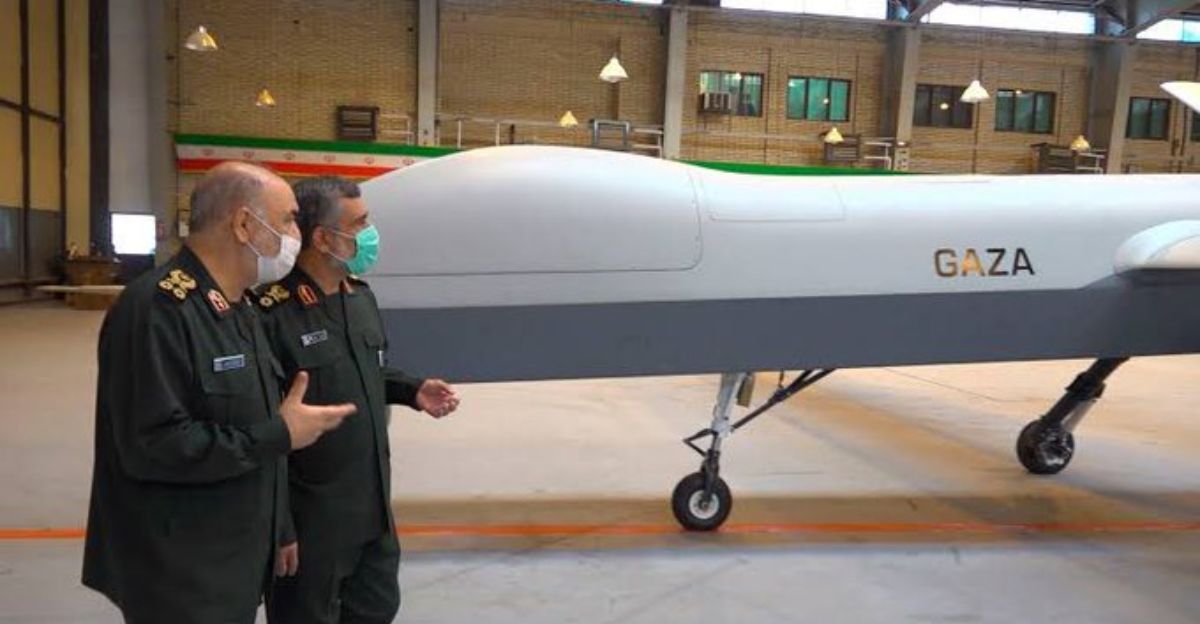
The diminishing influence of Iran within this emerging drone alliance has prompted criticism and concern among local analysts. “Russia acts only in its immediate interest,” stated Tehran expert Ali Akbar Dareini, reflecting a growing frustration. Additionally, Iranian engineers have voiced their disappointment over stalled technology exchanges and lingering unpaid contracts.
“It feels like we’ve given our best strategies and got nothing in return,” lamented one engineer familiar with the situation. These personal accounts illustrate a palpable tension, highlighting the human stakes in this geopolitical maneuvering.
Global Supply Chain Disruptions
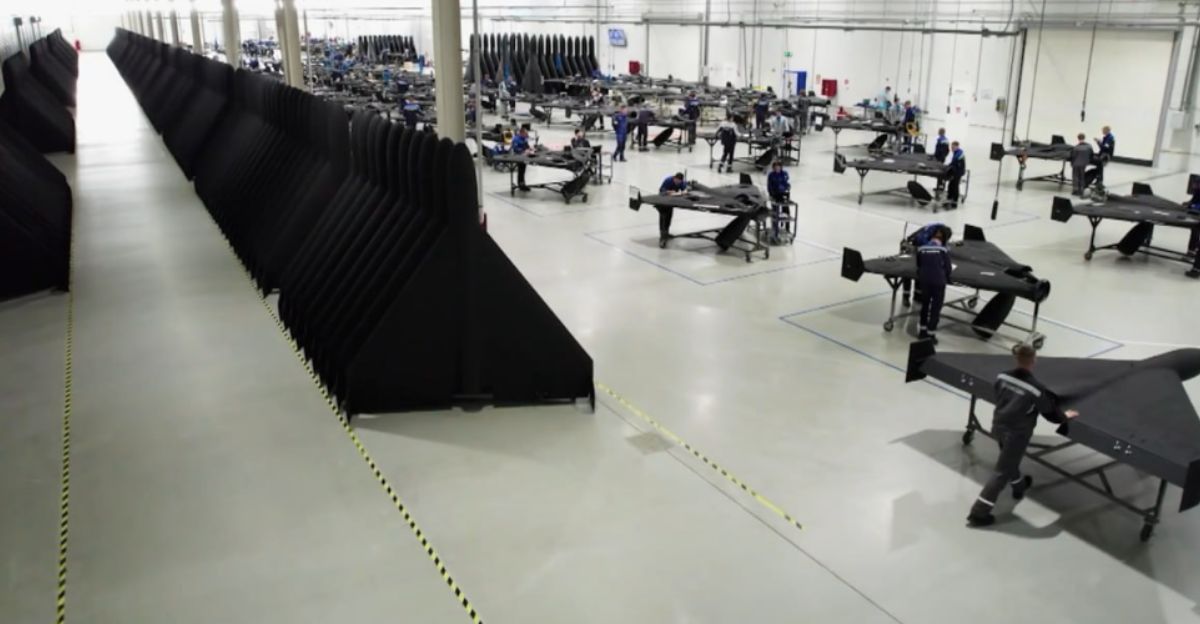
Russia’s newfound independence in drone production has significant implications for international supply chains. Analysts warn that the Alabuga facility may soon begin exporting drone variants to various markets, including the potential reversal of trade flows back to Iran.
Trade expert Mark Reynolds stated, “We’ve entered a new era where traditional dependencies are being upturned.” This shift may destabilize established alliances and redefine existing supply chains, complicating the landscape for countries reliant on foreign drone technologies.
Broader Trends in Self-Reliance
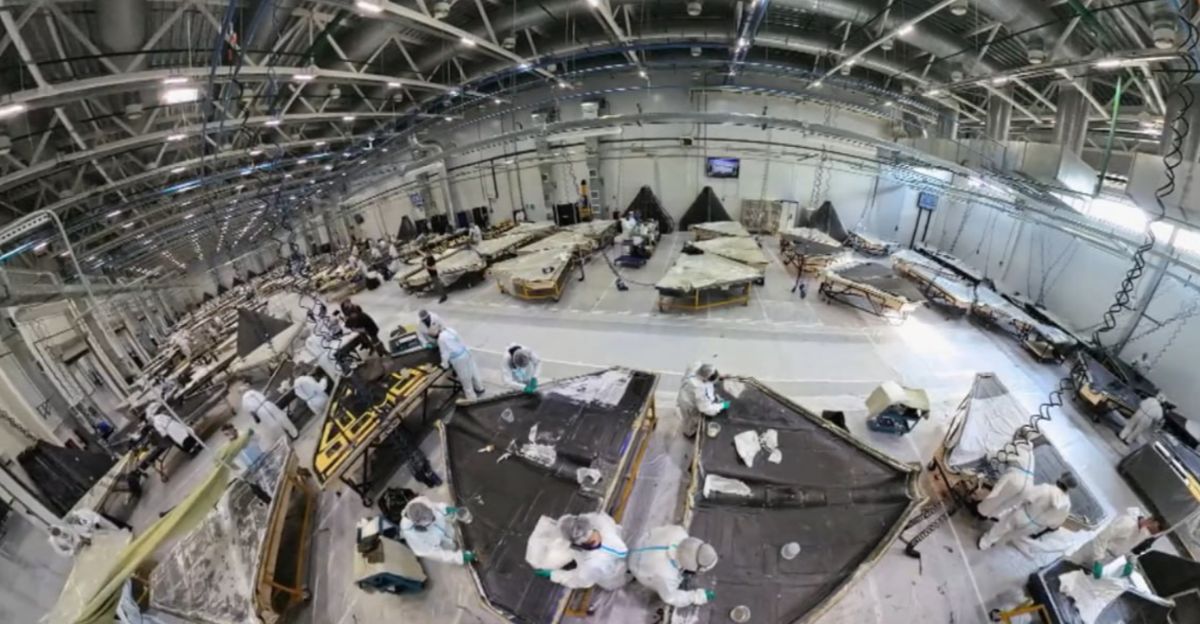
The saga involving Russian and Iranian drone production is emblematic of broader global trends toward self-reliance, particularly among sanctioned states. Moscow’s aggressive effort mirrors similar initiatives by countries striving to localize vital supply chains amid restricted access.
“Sanctions have forced nations to innovate or risk stagnation,” noted geopolitical analyst Dr. Sarah El-Masri. This drive for independence reshapes the international arms dynamic, prompting nations to reevaluate their dependencies and redefine partnerships as they navigate an increasingly complex geopolitical terrain.
Financial Strains Emerge
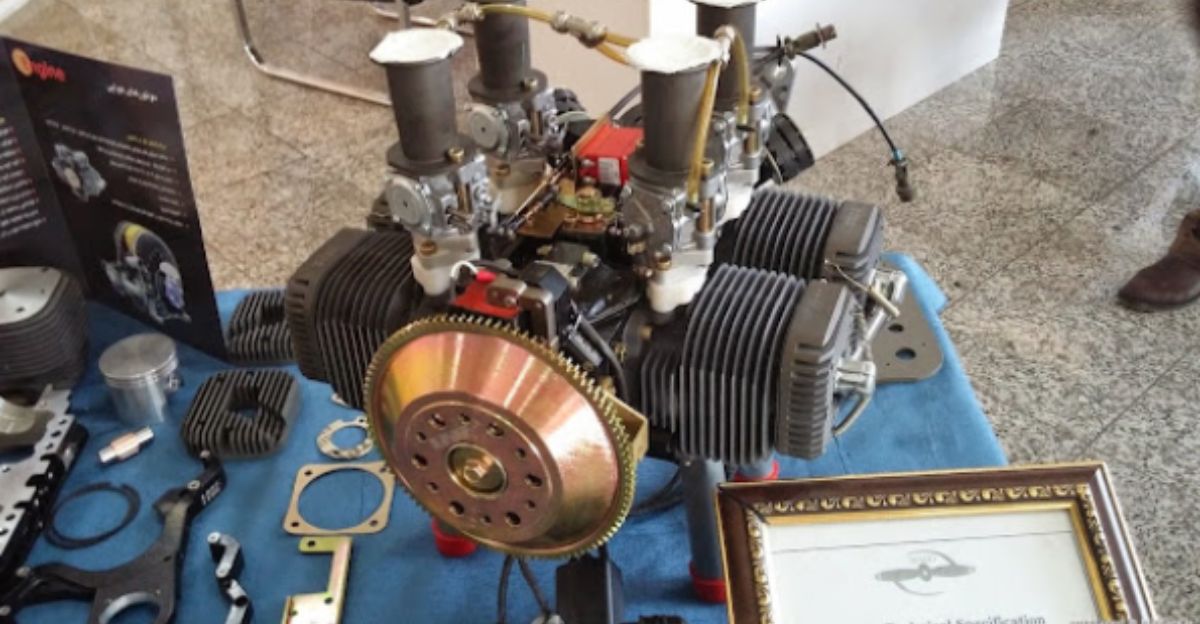
In a concurrent twist, a financial dispute has surfaced among Iranian suppliers, alleging that Russia has defaulted on millions in technology transfer invoices. The unresolved payments deepen existing diplomatic strains and have resulted in calls from Iranian officials for urgent contract renegotiation.
“It’s frustrating when promises are made and not kept,” said an Iranian supplier’s representative. This mounting tension further complicates the intricate web of alliances, leaving both parties to grapple with the consequences of broken commitments amid challenging geopolitical circumstances.
Internal Discontent in Iran
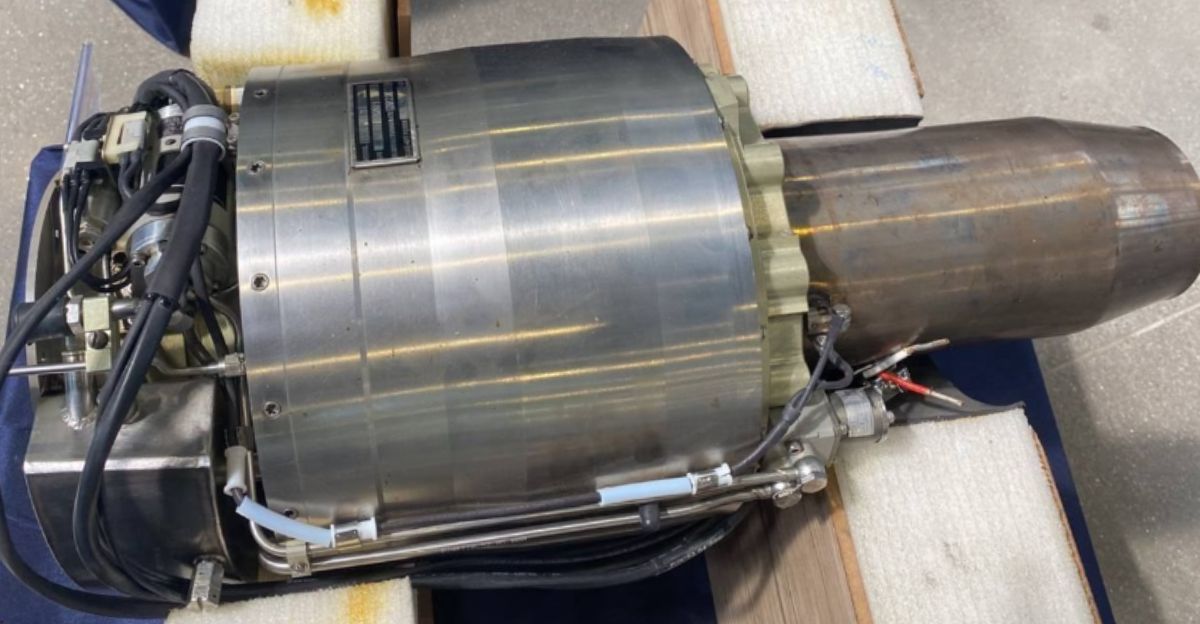
Discontent is brewing within Iran’s defense establishment as officials reflect on their eroding strategic leverage. Some insiders contend that Russia’s pivot toward self-sufficiency represents a significant setback for Iran’s influence gained after years of collaboration.
“We’re facing an uphill battle to regain what we’ve lost,” remarked a high-ranking Iranian defense official, capturing the mood of frustration. This internal discord could have broader implications for Iran’s military strategy as it attempts to recalibrate its position in the ever-evolving defense landscape.
Leadership Insights at Alabuga
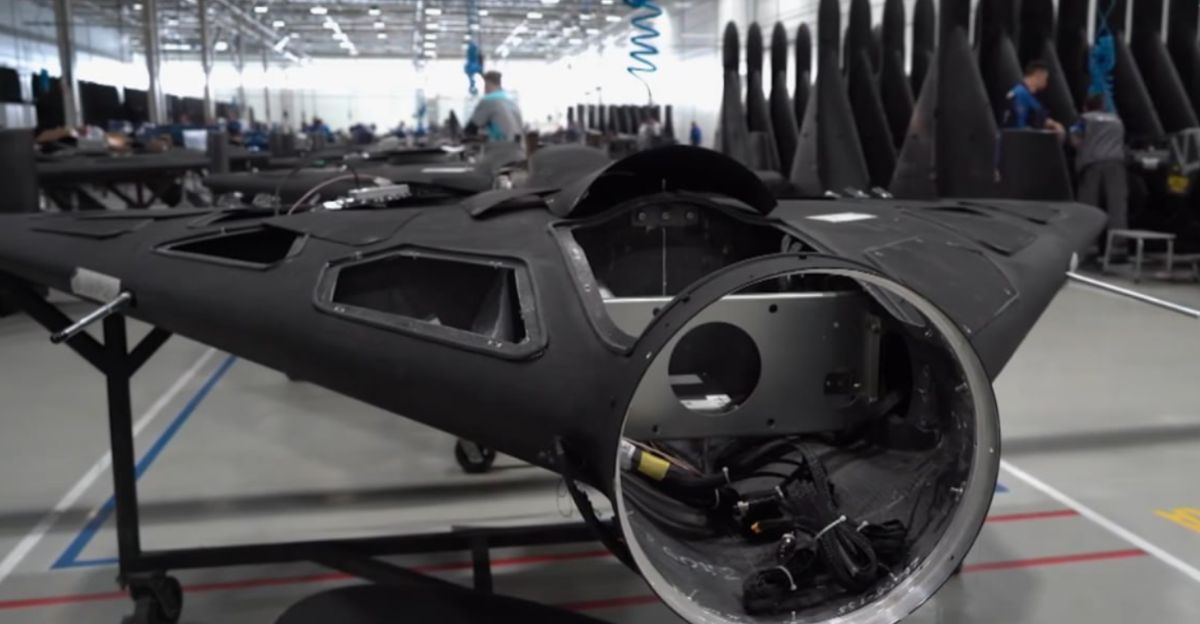
Timur Shagivaleev, CEO of the Alabuga facility, proudly emphasizes the plant’s self-sufficiency and innovation in the face of adversity. His leadership has been pivotal in driving rapid expansion and the localization of production, minimizing reliance on external suppliers.
Quoting Shagivaleev, “We’ve turned our challenges into opportunities,” he reflects the determination ingrained in the factory’s culture. As the facility continues flourishing, it showcases Russia’s ambitions to redefine its military capabilities alongside ongoing geopolitical shifts.
Iran’s Quest for Relevance
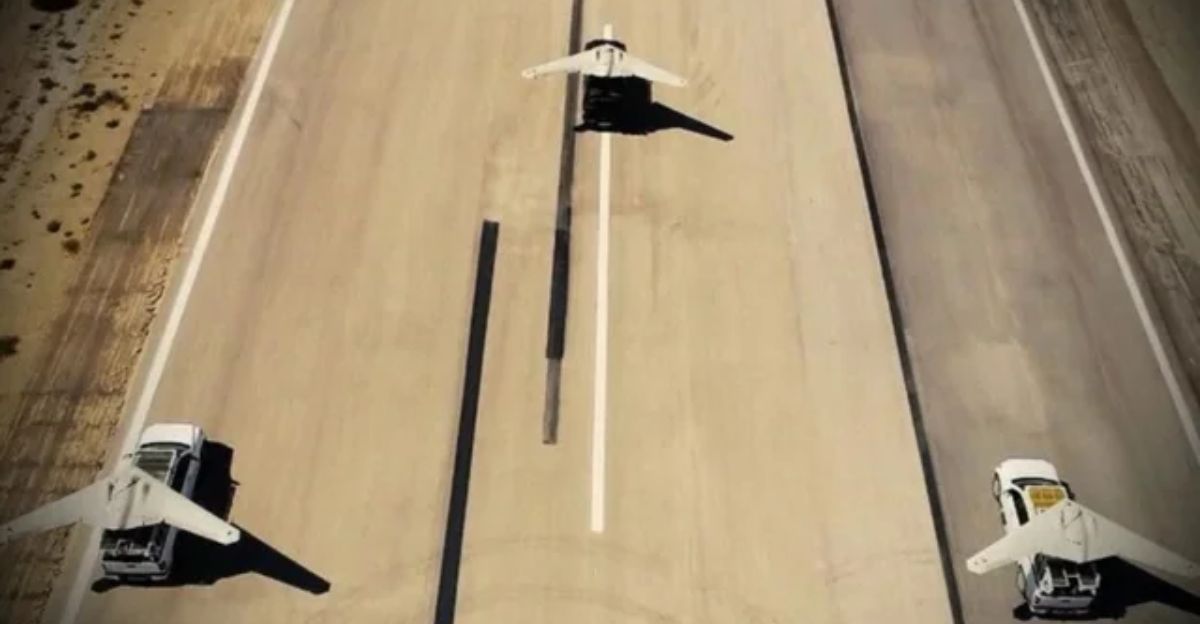
Given its current constraints, Iran actively explores new avenues to regain influence in the fast-evolving drone domain. Iran aims to maintain a foothold in military technology by seeking alternative partnerships and fostering domestic tech development.
An Iranian strategist noted, “We cannot afford to be passive; exploring partnerships is now necessary.” This proactive approach embodies Iran’s resilience, positioning itself to adapt amidst changing geopolitical realities while attempting to reclaim its status in the international military arena.
Expert Skepticism
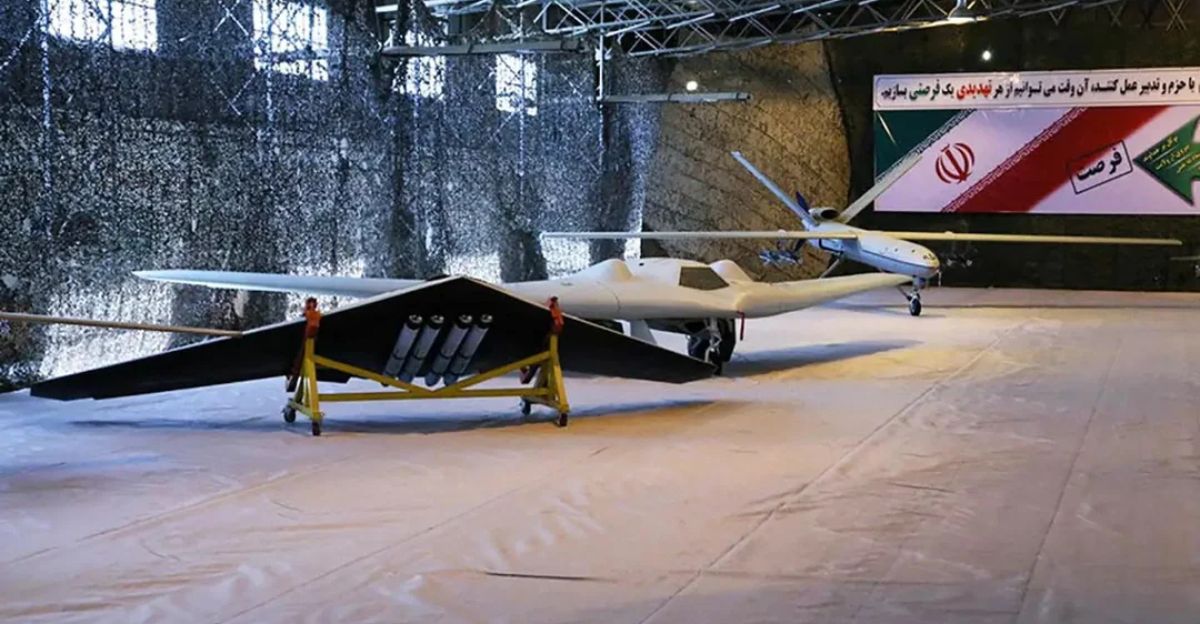
Defense experts express skepticism regarding Iran’s diminishing control within the military tech alliance. “Iran’s loss of operational leverage is significant,” asserts a Western military analyst, illustrating Tehran’s struggle to maintain its relevance.
Amid these rapid developments, experts speculate on the long-term viability of the drone partnership. These concerns are becoming increasingly relevant as both nations navigate shifting alliances and power dynamics while grappling with their strategic goals amid uncertainty.
A Turning Point in Dynamics
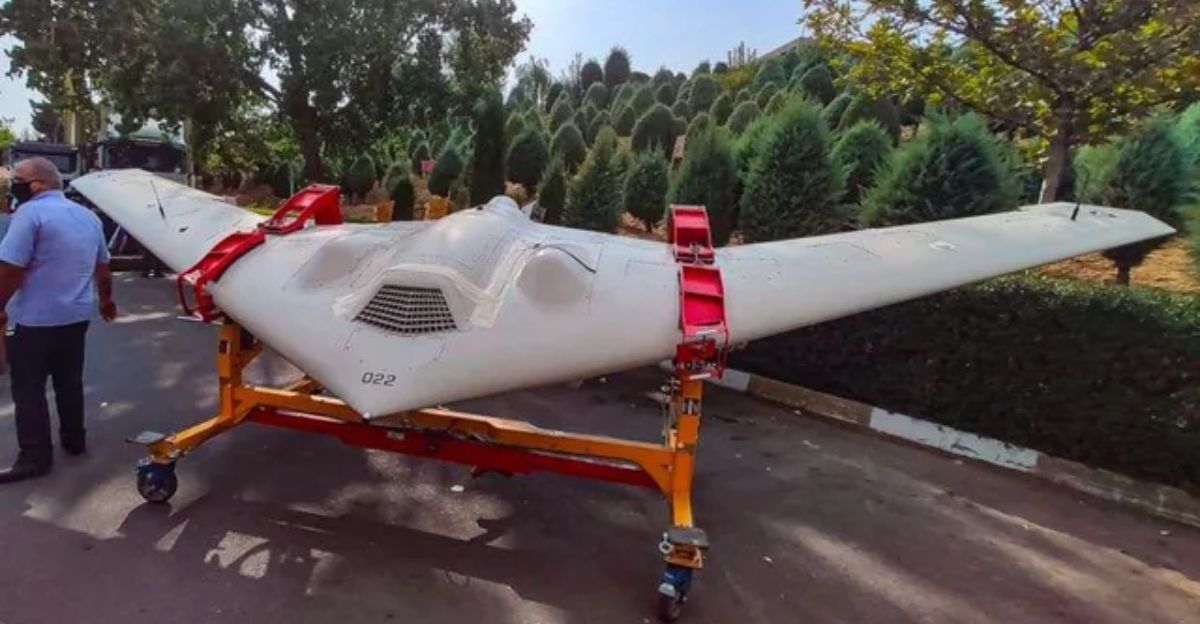
The key question remains: will Russia capitalize on its enhanced Shahed drones to tap into global markets? Observers increasingly believe that Alabuga’s growth signals a shift in Moscow’s broader ambitions.
“This is not just production; it’s a clear message about power dynamics,” suggested a security analyst. With its newfound capabilities, Russia’s influence in drone warfare could significantly reshape the global order, leading to unforeseen consequences that might challenge existing military and diplomatic structures.
Policy Debates in Europe

The transformation in drone production has ignited urgent policy discussions throughout Europe. In July 2025, the EU responded by updating sanctions against both Russia and Iran, specifically targeting entities engaged in drone technology transfers.
“We must act decisively to mitigate risks,” declared a European diplomat. The evolving geopolitical climate demands that European nations reassess their positions and strategies to counter potential threats posed by enhanced drone capabilities and changing alliances between Russia and Iran.
Heightened Vigilance in Conflict Zones
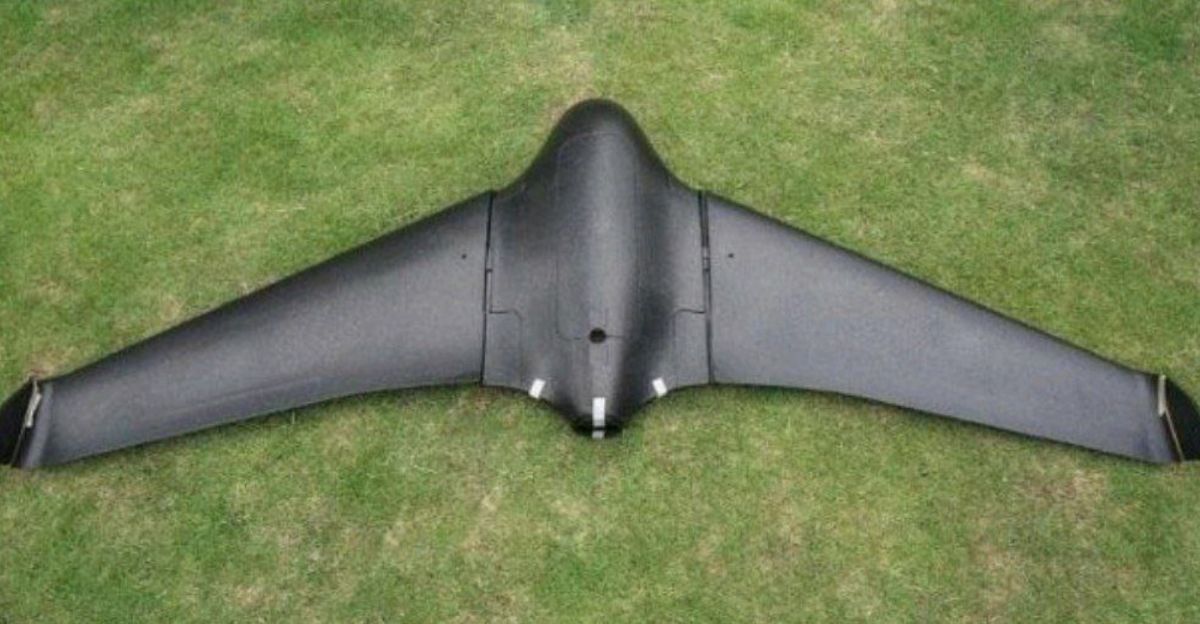
As Russian drone initiatives advance, Israel and Ukraine are on heightened alert and closely monitoring these developments. Increased capabilities and potential for weapon exports pose immediate challenges, resulting in new military responses from both nations.
An Israeli military official noted, “The situation requires us to adapt quickly; we cannot underestimate the evolving drone technology.” Growing tensions across borders emphasize the need for vigilance as countries reassess military strategies in light of dynamic threats.
Navigating Legal Complexities
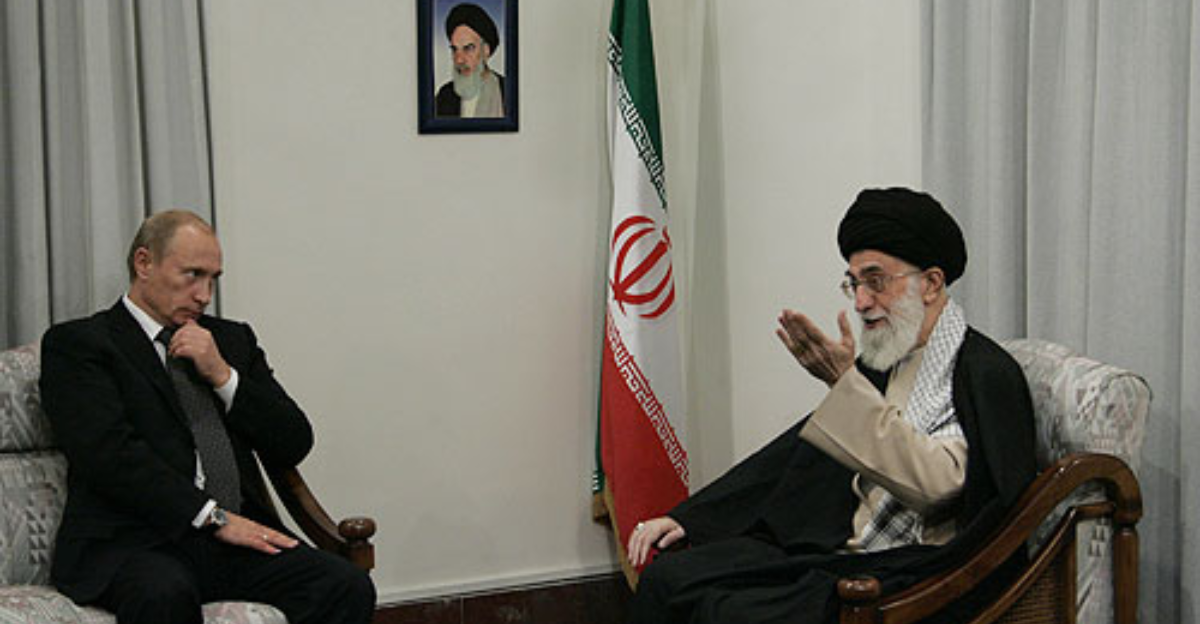
The legality of Russian and Iranian arms deals is becoming contentious among international legal experts. Observers cite potential violations of existing sanctions, which could lead to penalties or restrictions for involved entities.
Legal analyst Julia Sokolov stated, “Oversight has become critical; violations could have widespread ramifications.” The potential fallout from these agreements underscores the intricate interplay between international law and geopolitical maneuvers, highlighting the importance of accountability in global arms transactions.
Cultural Backlash in Iran
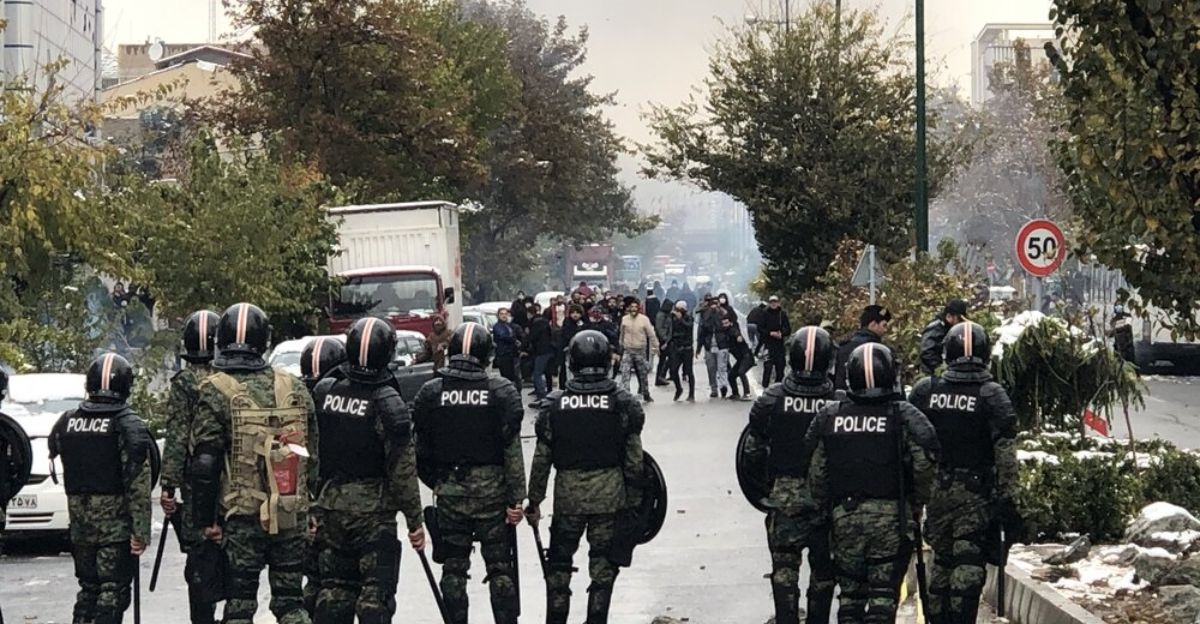
Public sentiment towards the Russia-Iran alliance is shifting within Iran. On social media platforms, voices of discontent express concerns over reliance on Moscow, leading to a critical reevaluation of the partnership.
An Iranian activist expressed, “People are beginning to question why we are supporting an ally that may not have our best interests at heart.” This cultural shift illustrates the growing urge to reassess alliances in light of national interests, reflecting deeper societal tensions.
Future of the Alliance

As the drone technology landscape transforms, Russia and Iran must navigate a complex interplay of cooperation and competition. Will their partnership endure the strains of evolving ambitions and shifting dynamics? Deepening financial disputes, internal friction, and external pressures suggest that the road ahead is fraught with challenges.
A geopolitical analyst summarized, “The future of this alliance is uncertain; both nations must adapt swiftly to survive.” The balance of power in the drone landscape will undoubtedly continue to be a high-stakes game, with significant implications for global security.